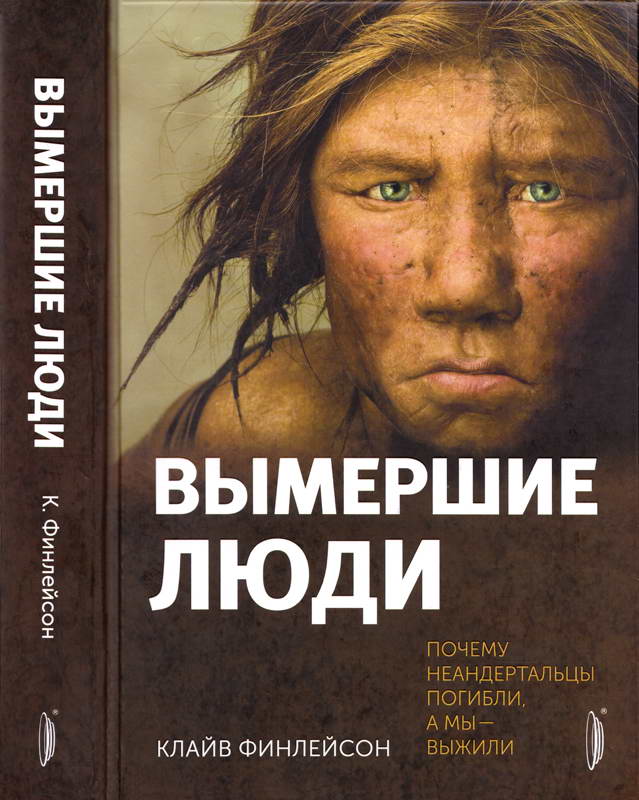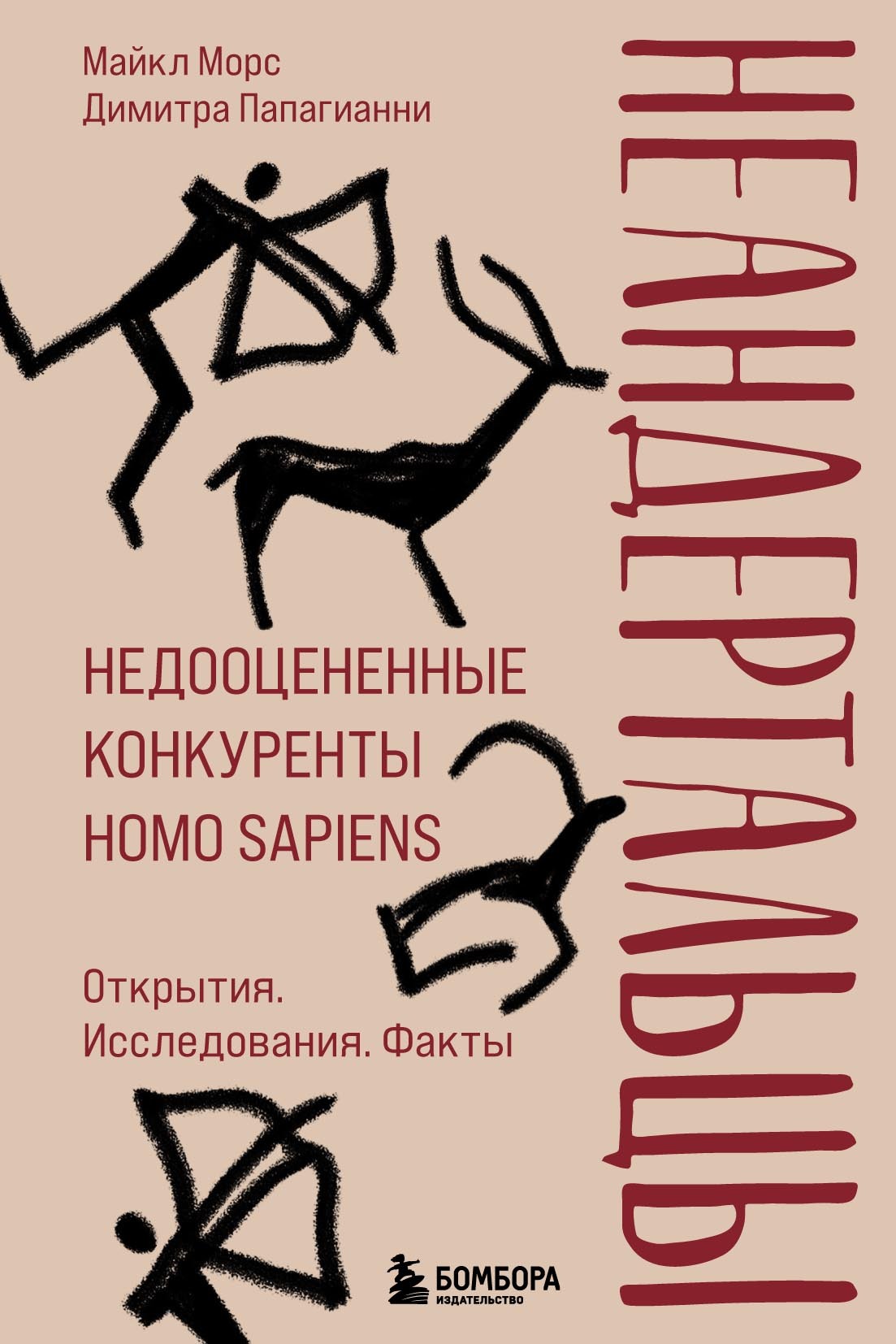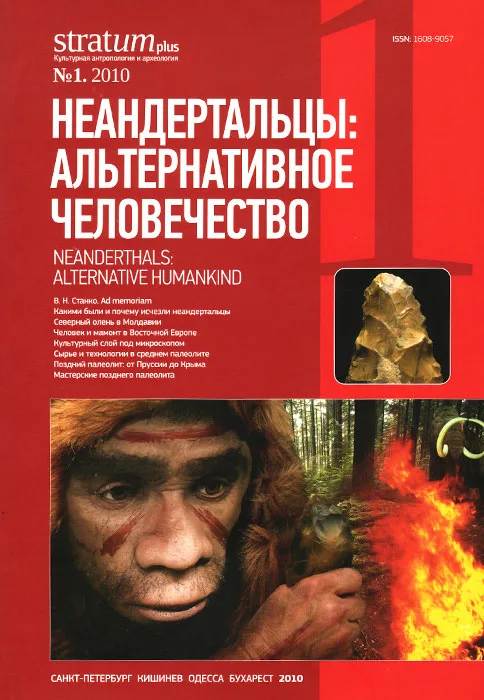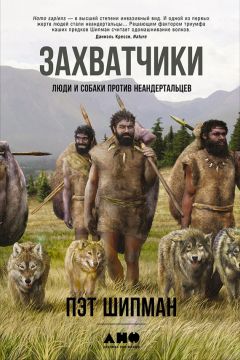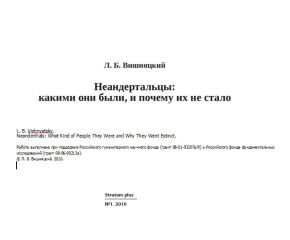class="p">295
J. R. M. Allen et al., ‘Rapid Environmental Changes in Southern Europe during the Last Glacial Period’, Nature 400(1999): 740–3.
R. Musil, ‘The Middle and Upper Palaeolithic Game Suite in Central and Southeastern Europe’, in van Andel and Davies (eds), Neanderthals and Modern Humans, 167–90.
J. Chlachula, ‘Pleistocene Climate Change, Natural Environments and Palaeolithic Occupation of the Angara-Baikal Area, East Central Siberia’, Quat. Int. 80–1(2001): 69–92; J. Chlachula, ‘Pleistocene Climate Change, Natural Environments and Palaeolithic Occupation of the Upper Yenisei Area, South-Central Siberia, Quat. Int. 80–1(2001): 101–30; J. Chlachula, ‘Pleistocene ClimateChange, Natural Environments and Palaeolithic Occupation of the Altai Area, West-Central Siberia, Quat. Int. 80–1(2001): 131–67.
Фауна полуострова Быковский состояла из шерстистого мамонта, шерстистого носорога (редкого), лошади, северного оленя, степного зубра и овцебыка; L. Schirrmeister et al., ‘Paleoenvironmental and Paleoclimatic Records from Permafrost Deposits in the Arctic Region of Northern Siberia’, Quat. Int. 89(2002): 97–118.
Pavlov et al., ‘Human Presence in the European Arctic’; V. V. Pitulko et al., ‘The Yana RHS Site: Humans in the Arctic before the Last Glacial Maximum’, Science 303(2004): 52–6.
Средиземное море обозначало его западную границу.
R. Rabinovich, ‘The Levantine Upper Palaeolithic Faunal Record’, in A. N. Goring-Morris and A. Belfer-Cohen (eds), More than Meets the Eye: Studies on Upper Palaeolithic Diversity in the Near East (Oxford: Oxbow Books, 2003), 33–48.
O. Bar-Yosef, ‘The Middle and Early Upper Paleolithic in Southwest Asia and Neighboring Regions’, in Bar-Yosef and Pilbeam (eds), Geography of Neanderthals, 107–56.
Finlayson and Carrion, ‘Rapid Ecological Turnover’.
S. Oppenheimer, Out of Eden: The Peopling of the World (London: Robinson, 2004).
Finlayson and Carrion, ‘Rapid Ecological Turnover’.
Атерийская культура распространилась от Аравии до Морокко, глава 5.
J-J. Hublin et al., ‘A Late Neanderthal Associated with Upper Palaeolithic Artefacts’, Nature 381(1996): 224–6.
F. d’Errico et al., ‘Neanderthal Acculturation in Western Europe? A Critical Review of the Evidence and Its Interpretation, Curr. Anthropol. 39(1998): S1-S44.
F. d’Errico, ‘The Invisible Frontier. A Multiple Species Model for the Origin of Behavioral Modernity’, Evol. Anthropol. 12(2003): 186–202; J. Zilhao, ‘The Emergence of Ornaments and Art: An Archaeological Perspective on the Origins of Behavioral Modernity’, J. Archaeol. Res. 15(2007): 1–54.
Череп неандертальца из карьера Форбса в Гибралтаре был фактически обнаружен на восемь лет раньше немецкой находки в пещере Неандерталь, но формально ему не было присвоено научное название.
Р. Mellars, ‘The Neanderthal Problem Continued’, Curr. Anthropol. 40(1999): 341–64; J. Zilhao and F. d’Errico, ‘The Chronology and Taphonomy of the Earliest Aurignacian and Its Implications for the Understanding of Neandertal Extinction, J. World Prehist. 13(1999): 1–68; Zilhao and d’Errico, ‘La nouvelle «bataille aurignacienne»’; F. d’Errico et al., ‘Many Awls in Our Argument: Bone Tool Manufacture and Use in the Chatelperronian and Aurignacian Levels of the Grotte du Renne at Arcy-sur-Cure’, in J. Zilhao and F. d’Errico (eds), The Chronology of the Aurignacian and of the Transitional Technocomplexes, Trabalhos de Arqueologia 33 (Portugal: IPA, 2003), 247–70; J. Zilhao and F. d’Errico, ‘The Chronology of the Aurignacian and Transitional Technocomplexes: Where Do We Stand?’, ibid. 313–49; J. Zilhao and F. d’Errico, ‘An Aurignacian «Garden of Eden» in Southern Germany? An Alternative Interpretation of the Giessenklosterle and Critique of the Kulturpumpe Model’, Paleo 15(2003): 69–86; B. Gravina, P. Mellars, and C. Bronk Ramsey, ‘Radiocarbon Dating of Interstratified Neanderthal and Early Modern Human Occupations at the Chatelperronian Type-Site’, Nature 438(2005): 51–6; P. Mellars, ‘The Impossible Coincidence: A Single-Species Model for the Origins of Modern Human Behavior in Europe’, Evol. Anthropol. 14(2005): 12–27; P. Mellars, ‘Archeology and the Dispersal of Modern Humans in Europe: Deconstructing the «Aurignacian»’, Evol. Anthropol. 15(2006): 167–82; J. Zilhao, ‘Aurignacian, Behavior, Modern: Issues of Definition in the Emergence of the European Upper Paleolithic’, in Bar-Yosef and Zilhao (eds), Towards a Definition of the Aurignacian, 53–69; J. Zilhao et al., ‘Analysis of Aurignacian Interstratification at the Chatelperronian-Type Site and Implications for the Behavioral Modernity of Neandertals’, Proc. Natl. Acad. Sci. USA 103(2006): 12643-8; P. Mellars, B. Gravina, and C. Bronk Ramsey, ‘Confirmation of Neanderthal/Modern Human Interstratification at the Chatelperronian Type-Site’, Proc. Natl. Acad. Sci. USA 104(2007): 3657–62.
C. Finlayson, Neanderthals and Modern Humans: An Ecological and Evolutionary Perspective (Cambridge: Cambridge University Press, 2004).
Авторы этой и последовавших статей говорят о генетической примеси, а не о гибридах, предположительно потому, что, с их точки зрения, неандертальцы и предки были одним видом. Гибрид мог быть плодом двух видов, а не одного. Я не стану придираться к пустякам и называть гибриды результатом спаривания неандертальцев и предков, не оценивая, имеем ли мы дело с одним или двумя видами. Ключевые упоминания гибрида Лагар Вельхо: С. Duarte et al., ‘The Early Upper Palaeolithic Human Skeleton from the Abrigo do Lagar Velho (Portugal) and Modern Human Emergence in Iberia’, Proc. Natl. Acad. Sci. USA 96(1999): 7604–09; J. Zilhao and E. Trinkaus (eds), Portrait of the Artist as a Child: The Gravettian Human Skeleton from the Abrigo do Lagar Velho and Its Archeological Context, Trabalhos de Arqueologia 22 (Portugal: IPA, 2002).
I. Tattersall and J. Schwartz, ‘Hominids and Hybrids: The Place of Neanderthals in Human Evolution’, Proc. Natl. Acad. Sci. USA 96(1999): 7117–19.
Finlayson et al., ‘Late Survival of Neanderthals’.
Soficaru, Dobos, and Trinkaus, ‘Early Modern Humans’.
E. Trinkaus, ‘European Early Modern Humans and the Fate of the Neandertals’, Proc. Natl. Acad. Sci. USA 104(2007): 7367–72.
R. R. Ackermann, J. Rogers, and J. M. Cheverud, ‘Identifying the Morphological Signatures of Hybridization in Primate and Human Evolution’, J. Hum. Evol. 51(2006): 632–45.
